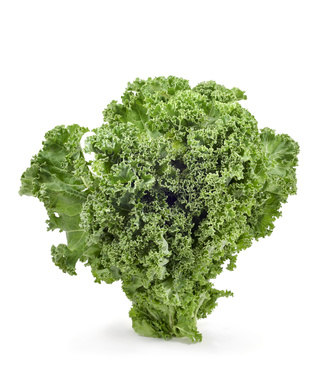Buy Kenya Kales Directly From Exporters & Suppliers - Best of 2025 Market Prices
Get Instant QuoteSelina Wamucii provides high quality Kenya kales to the local and export market. We source our Kenya kales from family growers in Kenya.
One of a few acephala (Latin for lacking a head) in the Brassicas family of which cabbage with its dome head is the best example, kales form a basic part of any family meal in Kenya. They go under the local name sukuma wiki as in ‘pushing the week forward,’ a pun for its availability even at times of want. Though, botanists claim that sukuma wiki is neither collard green as people call it or kales. Kales in the West refer to the multiple-leaved plants known as colewort, but then since there is no other name, we stay with kales.

For the last two millennia, civilizations have had a hand in the cultivation of kales. Ancient Greeks cultivated both what we know as sukuma wiki (kales) and colewort.
Indeed, these vegetables are quite nutritious as part of every ugali or milled flour meal on any Kenyan table of a typical evening. Their range of nutrients is mainly vitamins and of such there are plenty:
With 84 percent water content when raw, Kenya kales are true rehydrating plants for people suffering from dehydration. Despite being greens, Kenya kales have protein composition of 4 percent. They also provide your daily value (dv), with nutritionists revealing that the vegetables provide about 20 percent of your daily intake of Vitamins A, C and B6 as well as manganese and folate. Persons suffering from iron and thiamin deficiency may fall back on sukuma wiki as they offer the body the recommended level of at least 10 percent of these components’ daily value.
Most nutrients in Kenya kales are retained in nearly the same capacity as when raw if you steam, stir-fry or microwave the dish. Boiling may lead to a substantial reduction in nutrition.
The growth of kales occurs under cool or frosty conditions. They are some of the few plants that thrive well under extreme temperatures with statistics showing that those in very cold climes may produce two times a year, in a stretch of 3 to nine months’ worth of intermittent harvesting period.
Propagation of Kenya kales occurs through seeds. Farmers usually sow these into tilled ground in well-spaced rows though custom nursery beds like trays or wooden containers may serve the purpose. It is essential to improve strength against infection by planting the crop in an area where there has not been the same variety for a period of 24 months.
Cultivating kales involves translating them after exactly one month or a month-and-a-half of nursery life. They are usually small and delicate and thus require careful handling when uprooting them into the new prepared land that has loose soil that is at least eight inches deep. The best time to transplant them is when it has just rained or otherwise irrigate the land to transfer the seedlings with the same level of moisture as when they were in the nursery.
Maintenance, maturity and harvest of Kenya Kales
Kenya kales are free crops that can grow up to two feet in wild abandon if one maintains them and provides enough spacing. At least 60 centimeters square per plant offers it enough breathing space and in case of disease outbreak is able to quarantine itself especially against worms. Though fertilizers are in use commercially, our family growers normally use organic manure as first priority, especially well rotten cow dung that is readily available in the highlands. At least ten tons of manure for each hectare works perfectly.
De-weeding is an essential practice to reduce nutrient and mineral competition. Weeds also hamper the sun and reduce spacing allotted to each kale.
Diseases likely to affect Kenya kales include black rot, Anthracnose, downy mildew and root-knot nematode, all of which are easy to control through planting of strong varieties. Pests that may infest the plant include beet army worm, cutworms, diamondback moth and cabbage aphid, all of which require careful use of pesticides only in small measure or trying other more organic means of pest eradication.
Maturity in Kenya kales occurs about three months after planting. Though, users who require more flavored leaves can pluck them earlier when they are still young since then they have more aroma. It is even possible to harvest when they are just having their first leaves. Ideally, the right time to harvest the crop is when it has a maximum number of leaves in a deep green color.
Selina Wamucii is instrumental at ensuring timely supply of the best Kenya kales – all sourced from selected family growers in our farmers program. Additionally, we provide other leaves of the family brassica, including spinach.
Get Instant Quote
Are you a producer of Kenya Kales or other products?
Sign up today for FREE to buy or sell Kenya Kales.

